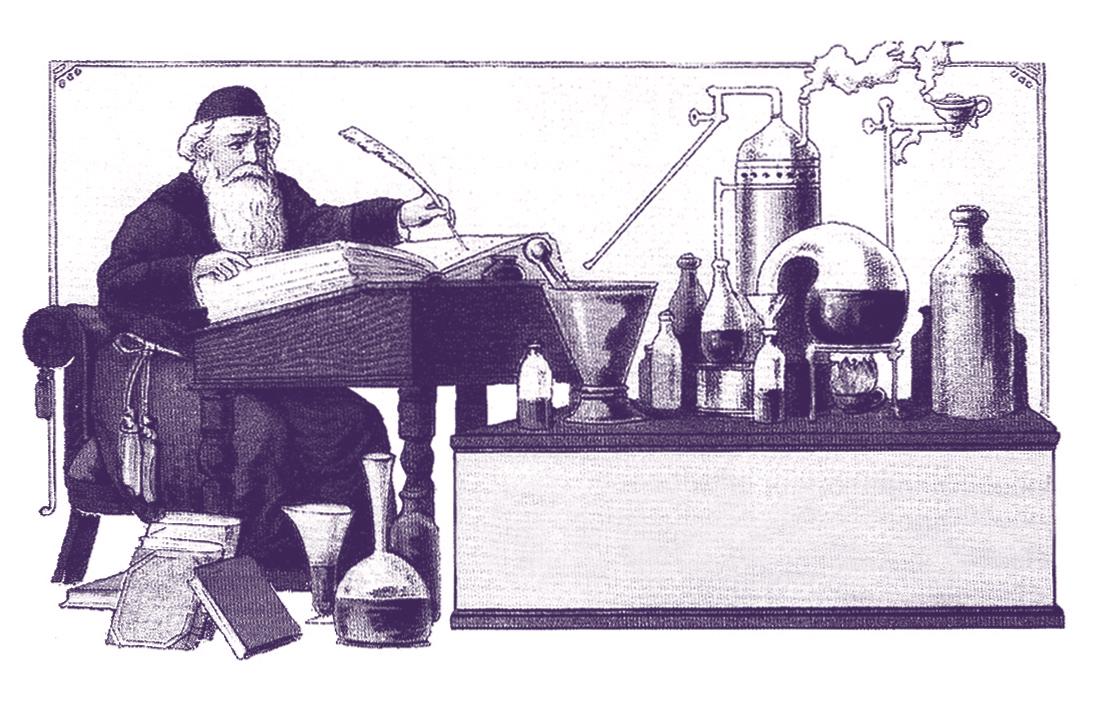Vol. 31
No. 5
September - October 2020
1
Featuring
Warner History Update Included in this issue... Ingredients in Pontiled Medicine Bottles George Waterman: Sacramento and San Francisco Whiskey Dealer Ruddick’s Dairy in Seymour, Indiana Windowsill Bottles - Reflections of a Collection Bottle Trademark Identification ... and so much more
$7.00



















